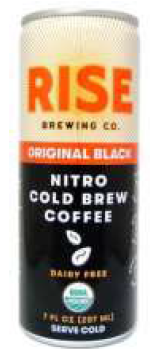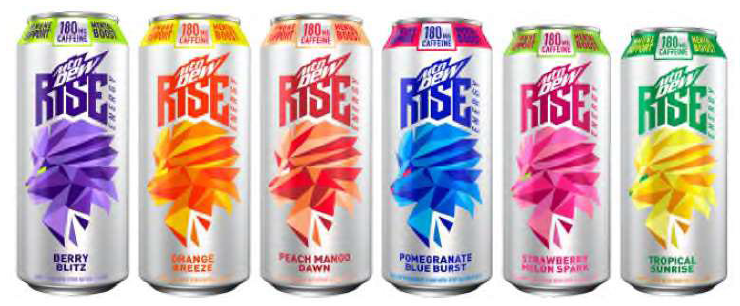The US Court of Appeals for the Ninth Circuit overturned a district court’s summary judgment, rejecting an accused publisher’s argument that their use of copyrighted photos embedded in articles was fair use under the Copyright Act. McGucken v. Pub Ocean Ltd., Case No. 21-55854 (9th Cir. Aug. 3, 2022) (Ikuta, Nguyen, Owens, JJ.)
Elliot McGucken captured and edited photographs of an ephemeral lake that formed on the desert floor in Death Valley. He posted his photos to Instagram and licensed them to several websites that ran articles about the lake. Pub Ocean posted an article about the lake with some digression on loosely related topics. It used 12 of McGucken’s photos, among others, without seeking or receiving a license. McGucken filed suit for copyright infringement. The district court sua sponte granted summary judgment for Pub Ocean, concluding that it was entitled to a fair use defense. McGucken appealed.
The Ninth Circuit reversed after applying the four-factor test in determining whether fair use applies:
- The purpose and character of the use
- The nature of the copyrighted work
- The amount and substantiality of the portion used in relation to the copyrighted work as a whole
- The effect of the use upon the potential market for or value of the copyrighted work.
Factor 1: The Purpose and Character of the Use
The Ninth Circuit explained that the question under the first factor is whether the infringing work is transformative and whether it is commercial. Higher transformation in new works means the other factors, including commercialism, are less significant. For-profit news articles are generally considered commercial uses. The Court explained that a work conveying factual information does not transform a copyrighted work when it uses a “clear, visual recording” of the infringing work’s subject.
The Ninth Circuit found that Pub Ocean’s article used the photos for the exact purpose for which they were taken—to depict the lake. The Court disagreed that the article was transformative when Pub Ocean merely “recontextualiz[ed] or repackage[ed] [ ] one work into another.” The Court also disagreed with Pub Ocean’s argument that the fair use defense was strengthened by its purpose of news reporting (one example of fair use listed in 17 U.S.C. § 107). The Court explained that the category of news reporting alone is not sufficient to sustain a per se finding of fair use. The Court also noted that Pub Ocean’s minor cropping and arrangement of photos in the article’s text, even if considered marginal transformation, was too weak to favor fair use.
Factor 2: The Nature of the Copyrighted Work
Under the second factor, the question is the extent to which the copyrighted work is creative and whether it is unpublished. The Ninth Circuit found that McGucken’s photos were creative because they were the product of many technical and artistic decisions. The Court also explained that the publication of the photos on Instagram and in articles failed to weigh in favor of fair use. Citing Dr. Seuss, the Court explained that “while [...]
Continue Reading
read more

 Subscribe
Subscribe






